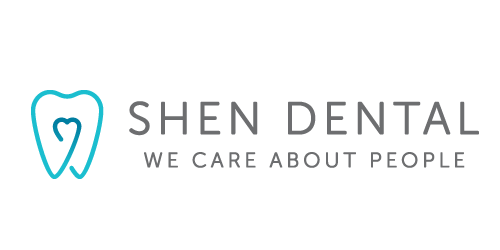Dental Sealants

Your molar teeth are the teeth at the back of your mouth which are used for grinding. These teeth are built of cusps which are the hills and grooves that make up the valleys of your teeth. These grooves are often deep making it difficult for many people to clean them properly with a toothbrush, especially children.
However, if these grooves are not cleaned well, decay may develop in these areas. The decay found in grooves is the most common form of decay on molar teeth. One of the most effective ways to prevent this type of decay is with dental sealants.
If you are considering dental sealants for your child or yourself or if you want to learn more, keep reading!
What are dental sealants?
Dental sealants are a barrier dentists create to prevent cavities caused by sugars, acid and bacteria. The barrier prevents substances, like bacteria, from getting into the groove and causing decay in the grooves. Dental sealants are made of a plastic material that is applied to the chewing surfaces on the back teeth. The material is white or clear, and it is
When and how?
Dentists recommend sealants be applied around age six when the first adult teeth come
Sealants should be placed on adult teeth that are at risk for dental caries, have deep grooves, or fissures that have not already been treated with fillings.
Before your dentist applies a dental sealant, the tooth is thoroughly cleaned, rinsed with water and dried. Afterwards, the dentist applies an acidic solution that roughens up the surface at the microscopic level, so that the sealant material grips securely onto the tooth. Next,
If a dental sealant becomes damaged you may need to replace it.
How do I take care of my sealants?
Once a dental sealant is applied and set on a tooth it requires no additional or special treatment. Dental sealants are designed to last 10 years or more – often as long as the tooth lasts – unless damaged. Therefore, they need to be checked at regular dental check-ups to make sure that they are not chipped or worn away. Your dentist can repair any chipped sealant by adding more sealant material.
Does my dental plan pay for sealants?
Some dental plans pay for sealants. Check with your dental plan provider for details.
Will sealants replace everyday brushing and flossing?
No, while dental sealants can be used effectively as part of a comprehensive approach to cavity prevention, they do not replace brushing and flossing.
It is still important to practice good oral health. Brushing and flossing should be performed daily to consistently remove bacteria and plaque on and between your teeth. Fluoride also
What to take away…
Dental sealants are safe and effective in preventing decay. They are quick and easy as they only take a few minutes to apply. Moreover, they do not cause pain, nor is there
References for additional reading
MouthHealthy.org
National Institute of Dental and Craniofacial Research
Center for Disease Control and Prevention

Recent Comments